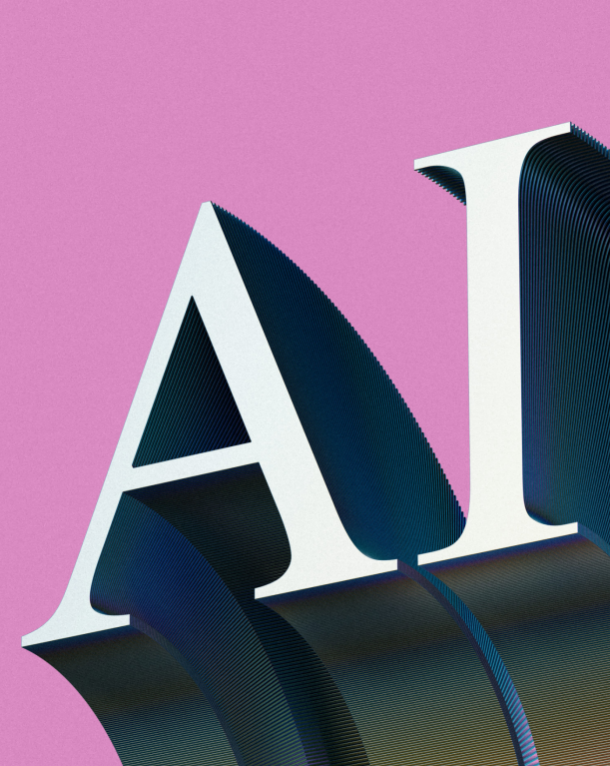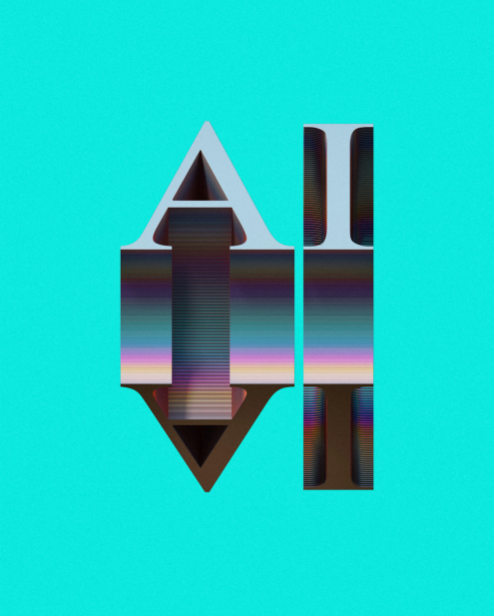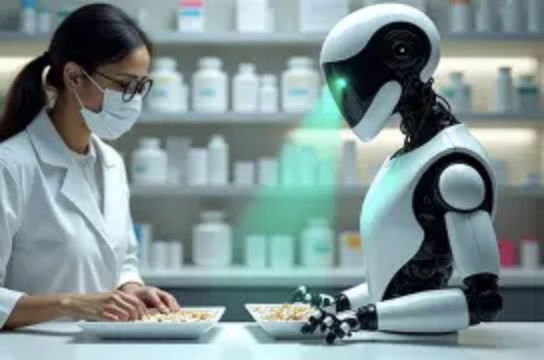
In today's exponentially rising demand for computing power, the global research community is turning its attention to the most sophisticated computing system in nature - biological neural networks. This bionic computing technology that breaks through traditional architectures may reshape the trajectory of information technology development and open a new chapter in the energy efficiency revolution.
The groundbreaking technological architecture has overturned the computing paradigm that has been in use for over seventy years. Different from the serial processing mode of traditional computers, bionic computing systems achieve deep integration of storage and computation. Its core unit adopts a distributed dynamic activation mechanism, which only activates the corresponding neural nodes when tasks are triggered, reducing energy consumption by two orders of magnitude compared to traditional architectures. More noteworthy is its multidimensional signal processing capability, which can simulate the continuous potential changes of biological neural networks and provide underlying support for complex environmental perception.
The international research team has achieved a series of breakthroughs in the field of hardware development. A high-density integrated chip developed by a certain technology enterprise has achieved on-chip interconnection of millions of biomimetic units, and its dynamic power management technology has increased energy efficiency by nearly a hundred times. Another innovative laboratory has launched a modular chipset that uses three-dimensional stacking technology to break through physical limitations. A single wafer can carry a computing unit equivalent to the capacity of a medium-sized mammalian brain. These innovative designs provide a hardware foundation for real-time environmental perception and autonomous decision-making systems.
The construction of software ecology faces dual challenges. On the one hand, it is necessary to develop a distributed learning framework that is compatible with biomimetic architecture. The adaptive programming platform launched by an open source alliance has achieved efficient deployment of pulse neural networks. On the other hand, it is necessary to solve the problem of multimodal data fusion. The new spatiotemporal encoding algorithm can convert visual and auditory signals into neural pulse sequences, demonstrating excellent adaptability in drone swarm control testing.

The industrial application shows a trend of multiple breakthroughs. In the field of intelligent terminals, mobile devices equipped with bionic chips can achieve localized real-time semantic parsing, reducing energy consumption by 90% compared to cloud processing solutions. Industrial robots demonstrate humanoid adaptability in complex assembly tasks by reconstructing motion control systems through pulse neural networks. What is even more worth looking forward to is the innovation of medical monitoring equipment. A prototype has achieved millisecond level warning of epileptic seizures, and its biological signal processing efficiency far exceeds traditional digital circuits.
Technological evolution is giving rise to opportunities for cross-border integration. The combination experiment of quantum dot array and biomimetic architecture shows that the unit energy consumption of the hybrid system in image recognition tasks is reduced to one thousandth of traditional solutions. The breakthrough in bioelectronic interface technology has enabled biomimetic computing systems to directly analyze neural electrical signals, opening up new paths for brain computer interfaces.

Despite facing obstacles such as system optimization and industrialization costs, bionic computing technology has demonstrated disruptive potential. With the million neuron simulation system of a cutting-edge project in the European Union entering the testing stage, and the collaborative efforts of multiple industry alliances, this biologically inspired computing revolution is reshaping the technological roadmap for humanity to break through the bottleneck of computing power.




